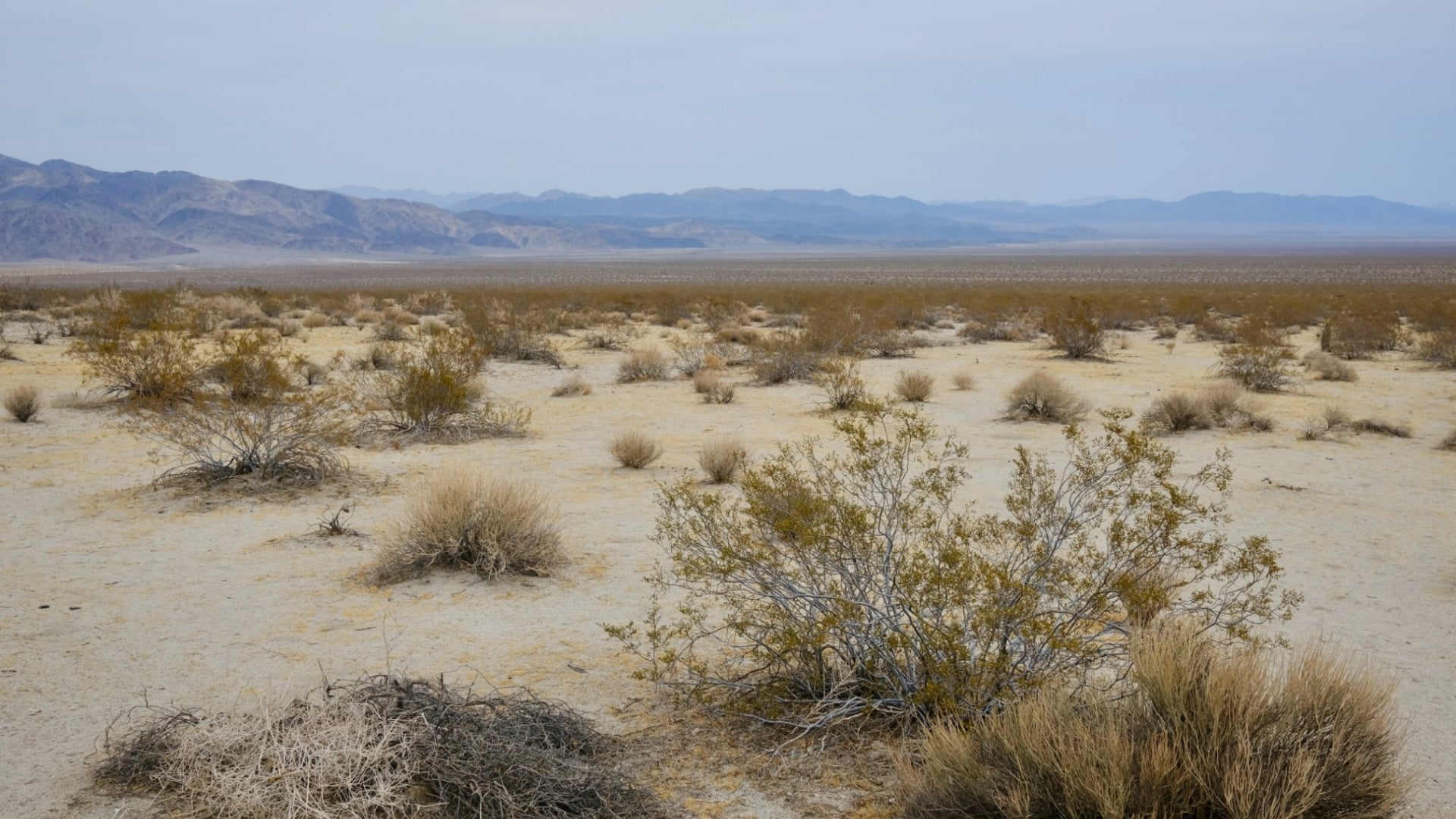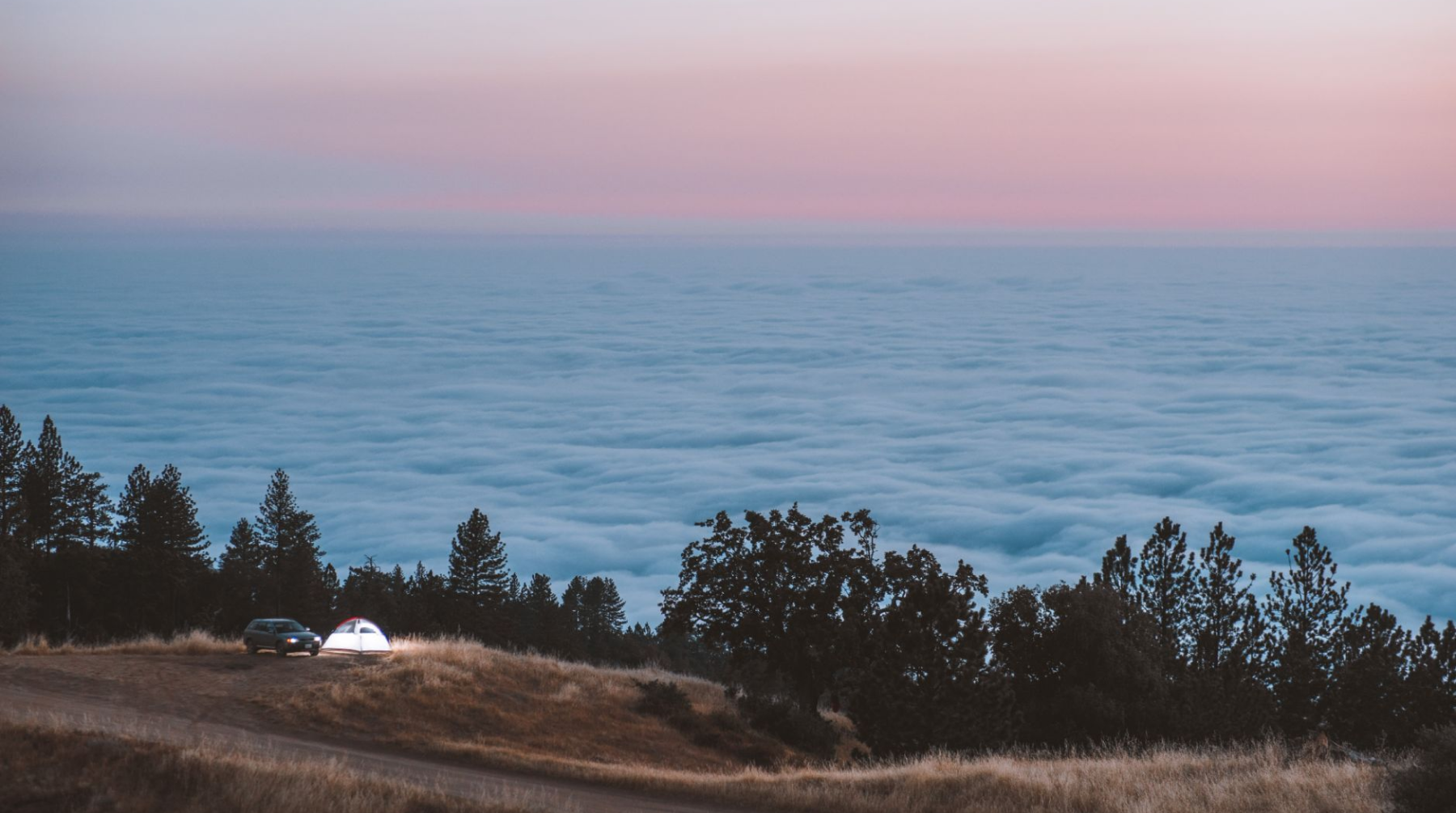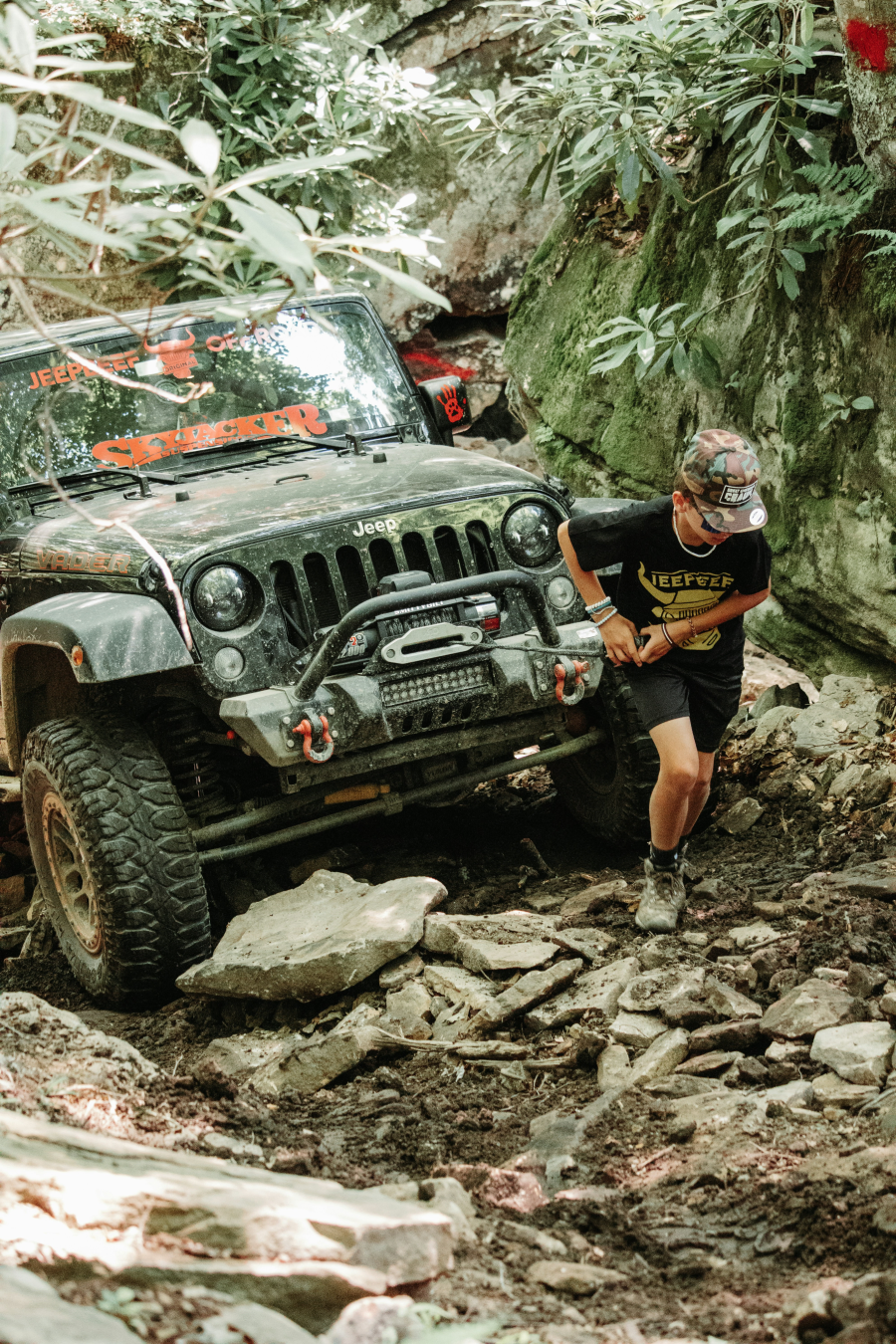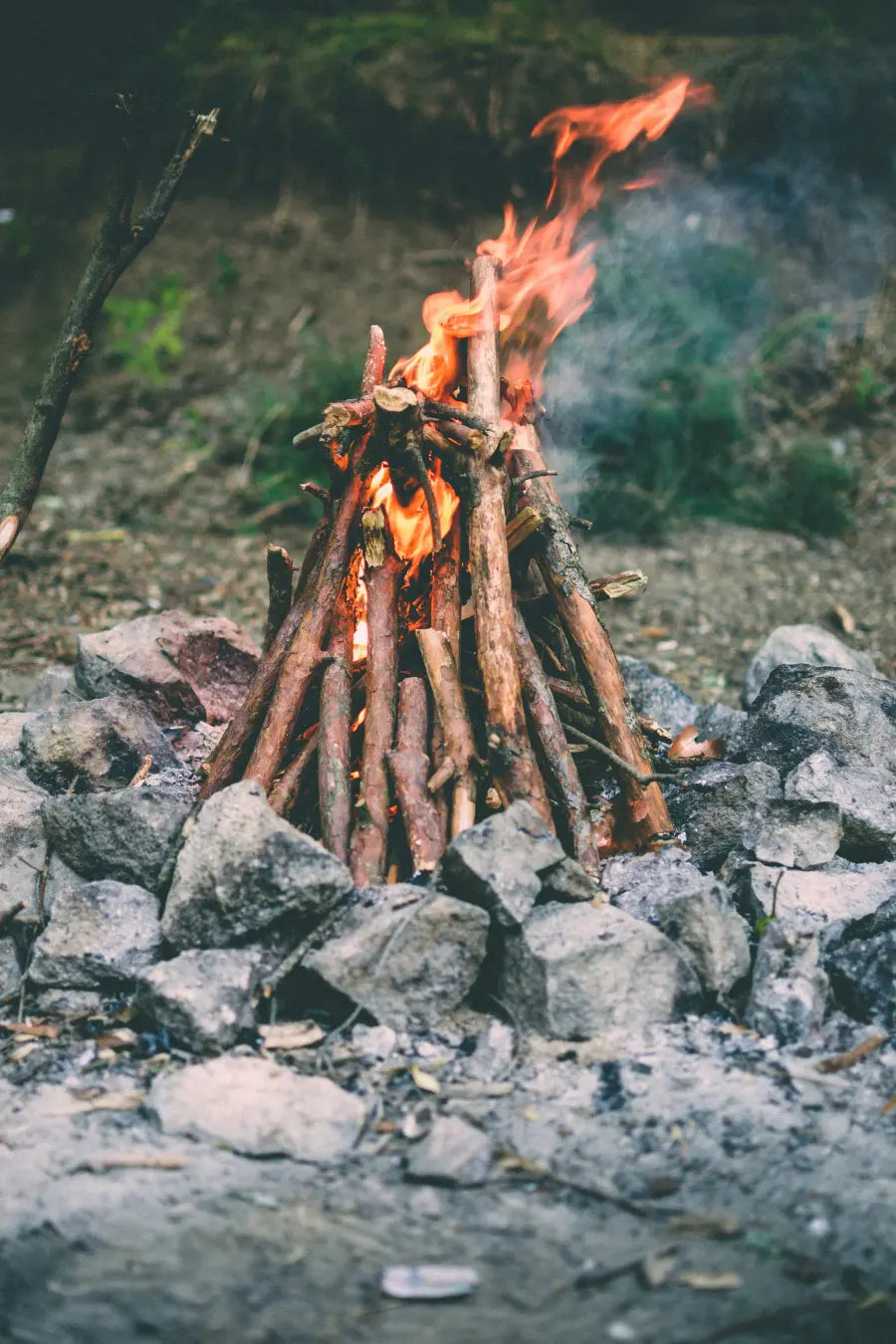The Best Free Camping in California
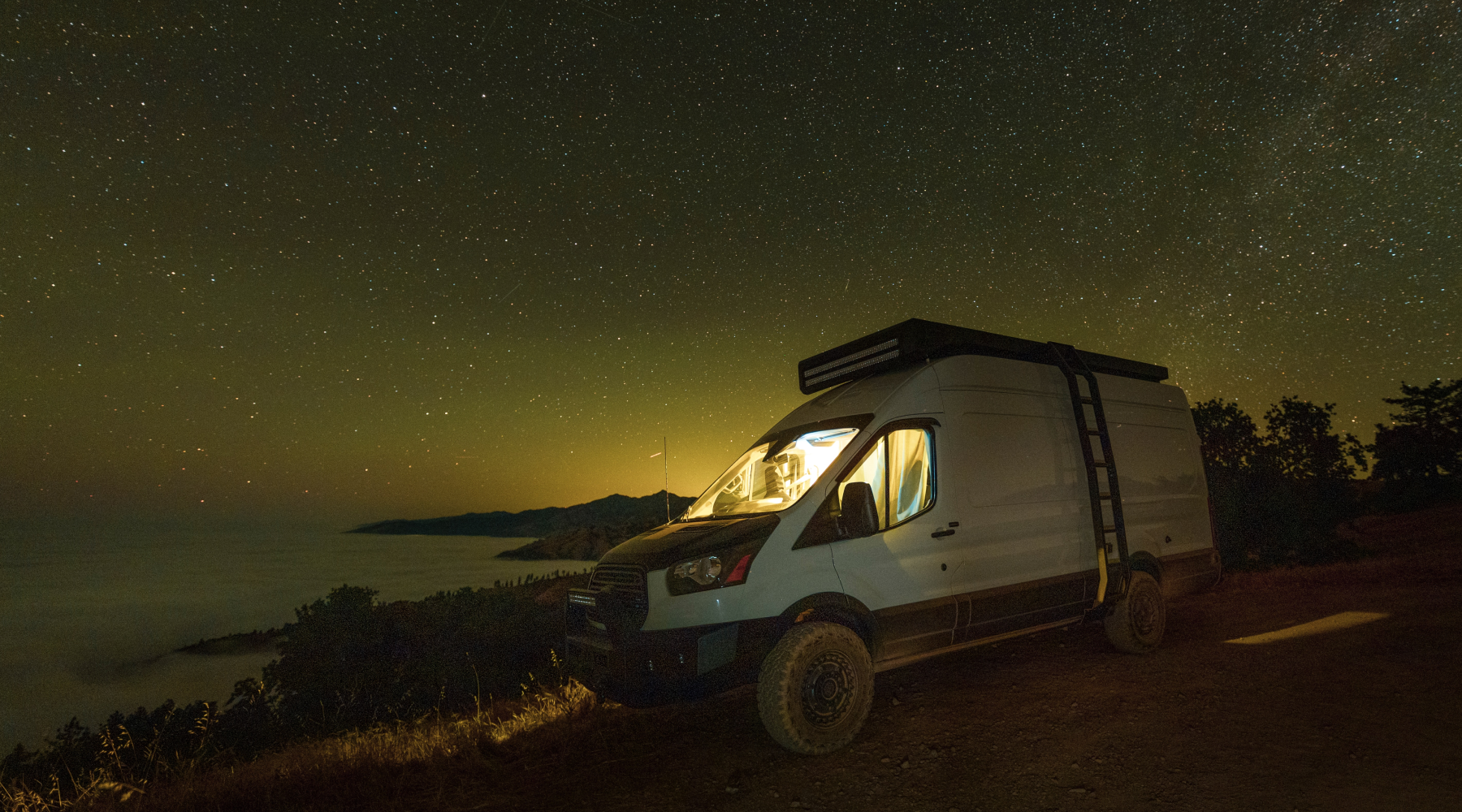
The Golden State is home to hundreds of free campsites and some of the most beautiful natural splendor in the U.S. Let’s learn more.
The United States is littered with stellar free camping, and pretty much all 50 states have enough options to keep any industrious camper satisfied for a lifetime. But if there’s one state deserving of the crown jewel for camping and outdoor adventure, it’s California. The Golden State is home to perhaps the most diverse array of wilderness destinations, from the deserts of the Mojave to the mountains of the Sierra Nevada to the world-famous California coastline.
As a professional outdoor journalist, I’ve spent many nights camping up and down California. There are too many stellar campsites to name, from Forest Service camping to BLM camping, but we’ll list a few here. We’ll also cover some good resources to use to find free camping in California.
Resources
We’ve covered the best resources for free camping around America in another article, “How to Find Free Camping Near Me.” If you’re interested in learning more about how to discover and vet free campsites, that’s the best place to look, because the same rules apply in California. Our three favorite resources to find free and dispersed camping in California are Free Campsites, The Dyrt, and Campendium, though there are plenty of others.
Some states make it fairly easy to open up and find a site, no questions asked. In California, there can be a bit more red tape involved. That’s somewhat understandable because California is heavily populated and touristed. The result is that popular campsites are often reservation or permit-only, even if the camping itself is free.
So it’s important to plan camping trips far in advance if you aren’t quite sure of the camping rules and regulations where you’re going. For permit-only, paid, or reservation-required sites, particularly at high-traffic destinations like Mount Whitney or Yosemite, it’s worth checking out Recreation.gov.
How to Check for Fire Restrictions
Wildfires are increasingly a concern in California, and unfortunately, many of these are caused by negligent campers or other visitors to the outdoors. Sometimes it comes from doing something inherently foolish like dropping a match or cigarette or shooting tracer rounds into dry brush, but wildfires can also start simply as a result of leaving a campfire unattended, even one that appears to be nearly “dead.”
Even if you haven’t built your fire near dry brush or other flammables, hot embers can carry on the wind for a long way, and in uber-dry conditions, a single flaming ember may be enough to spark a fire. The point isn’t to be afraid to have a fire, but to be responsible and
In California, the best overall resource to check for fire restrictions is the Bureau of Land Management (BLM)’s Fire Information page. This page also links to an interactive GIS database that is updated with overlays showing both active wildfires and fire restrictions.
Depending on the owner or manager of the land you’re camping on, you may want to check other resources. If you’re camping in a state or national park, for example, check with the park’s individual regulation page. ReadyForWildfire.org is another good resource to secure campfire permits and educate yourself on fire safety and management.
Best Time to Camp
The best time to camp in California really varies depending on where you camp. California’s climates are as diverse as they come. It can be sub-freezing in the high mountains, balmy on the SoCal coast, and deathly hot in the desert.
In general, it’s best to camp between March and May, or between September and November. In most destinations, these shoulder months help you avoid both temperature extremes and crowds. California is a particularly popular tourist destination in the summer months, and much of inland California is also swelteringly hot during these months. In the winter, snow can block access to higher passes and campsites in the Sierras.
That said, you can pretty much find a great campsite in California at any time of the year. Along the moderately-climed coastline, in particular, camping is viable year-round.
What to Know Before You Go
If you’re a responsible and experienced camper, you won’t find any surprises in California. Follow basic Leave No Trace principles, be aware and adherent to fire restrictions, and in general, leave any wilderness destination cleaner than you found it whenever possible.
Much of California, especially inland and in the southern half of the state, is extremely arid. Water is scarce. Unless you are absolutely certain of the availability of a water source, bring adequate water to last for the duration of your trip, and then some.
Even if maps or other trip reports list viable water sources near your chosen campsite, be aware that many water sources are seasonal, and may not exist when you visit. Lugging a bit of extra water never hurt anyone.
Three Amazing Free Campsites in California
Sunfair Lakebed, Joshua Tree
GPS Coordinates: 34.172932, -116.224663
Cell Phone Coverage: MODERATE (All Carriers)
Description and Nearby Activities
This sprawling, flat-as-a-pan lakebed on BLM land may not win any awards for beauty, but it’s completely free and a stone’s throw away from the world-famous Joshua Tree National Park. Rock climbing. Hiking. Horseback riding. You won’t find a better place than J-Tree. The stargazing here at Sunfair is also some of the best I’ve ever experienced, and with essentially no brush anywhere in the vicinity, it’s a stellar place for the massive bonfire.
What’s more, this lakebed is seriously huge. Miles in either direction. That means there’s space here for just about anyone to camp. You’ll never show up at Sunfair and not be able to find space here. That’s rare in California and a valuable asset when you consider that most of Joshua Tree’s dedicated campsites are booked out 24/7.
Camping at Sunfair puts you a short (20-minute or so) drive from the park. Amenities can be found in nearby Joshua Tree or Twentynine Palms to the east. The road to reach this area is a bit bumpy, but it’s nothing that even a basic sedan or RV can’t handle.
NOTE: Do not come here (or to Joshua Tree) in the summer unless you want to fry like an egg. This is a campsite for fall, winter, and spring.
Alabama Hills, Lone Pine
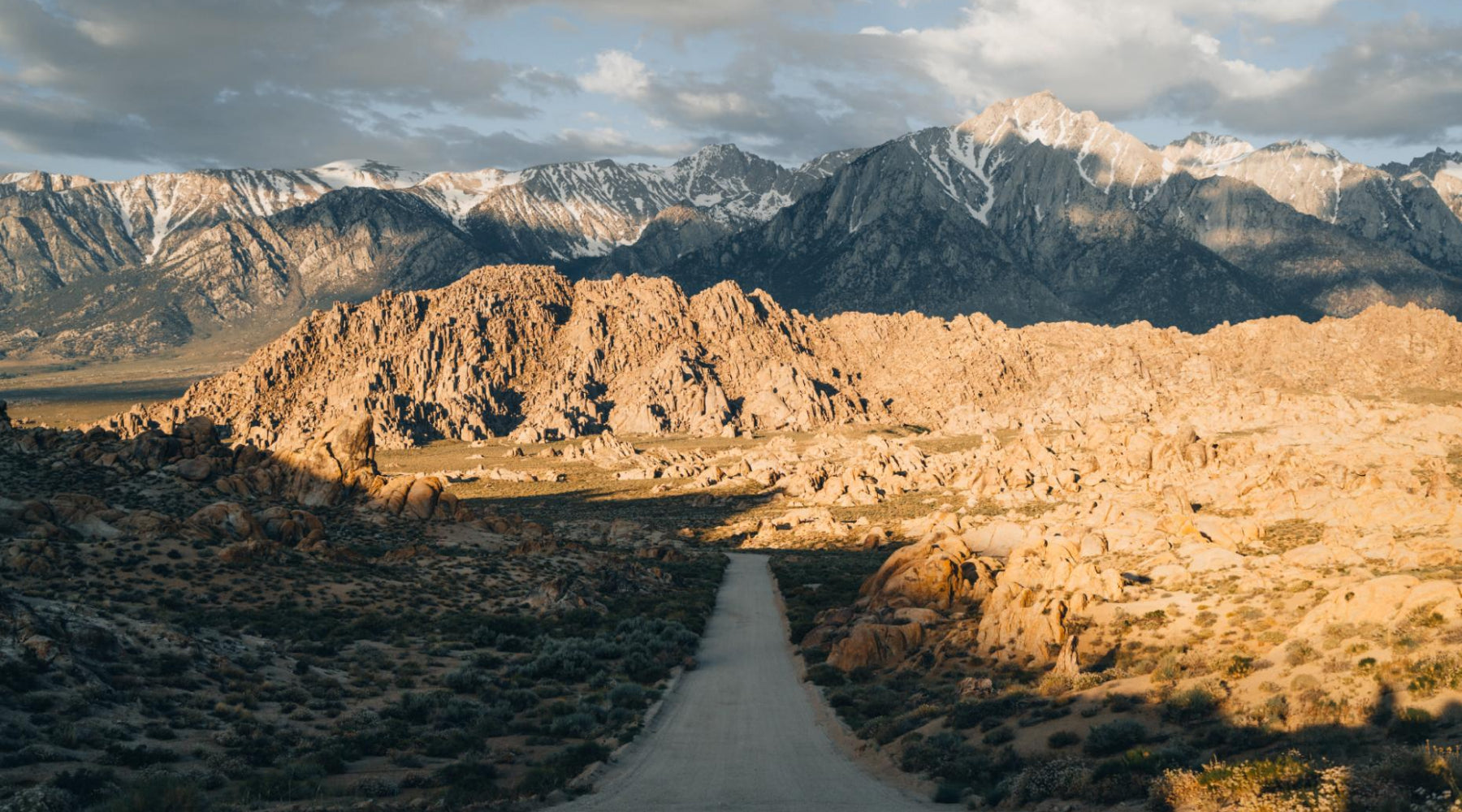
GPS Coordinates: 36.627712, -118.126411
Cell Phone Coverage: POOR/NONE (All Carriers)
Campsite Info and Nearby Activities
In the shadow of the mighty Mount Whitney, the free camping scattered amid the boulder sprawl of Alabama Hills is another gem. These sites are a short drive from Lone Pine and the Whitney Portal, as well as many other 14,000-foot peaks like Langley, Tyndall, and Williamson.
There are a slew of fascinating arch formations and boulder piles here, and a lot to do, from mountain biking to hiking to rock climbing. The latter, especially, is very popular. There are hundreds of established boulder and sport climbing routes amid the Alabama Hills.
The area has also been used as a film set for hundreds of movies and TV shows, predominantly Westerns (Bonanza, The Lone Ranger, Django Unchained) but also sci-fi classics like Star Trek. I most recently visited a month ago, and the main road out of Lone Pine to Whitney Portal was under construction, so accessing these sites was a bit more difficult than in previous years (but still possible with a detour). It’s unclear how long this construction will last.
Prewitt Ridge, Big Sur
GPS Coordinates: 35.970278, -121.450784
Cell Phone Coverage: STRONG (Sprint), MODERATE (Other Carriers)
Nearby Activities
Perched over 3,000 feet above the shimmering waters of the Pacific, the campsites at Prewitt Ridge are next to none. As the original posters of the Free Campsites entry wrote, this spot is “one of the best campsites in North America!” These sites are arrayed along rolling ridgelines high above the Big Sur coast, and they’re my favorite place to camp when traveling Highway 1. Watch out for the mosquitos and flies here though… they’re very aggressive.
This one is more difficult to access than the other two on this list, particularly if you’re working with a 2WD sedan, but it’s certainly manageable. Be wary of heavy rains though, as this would wash the road out making it near-impossible to climb up in a car. Access has been an issue in the past, and these sites were closed for much of 2020 and 2021 due to both poor camper behavior and wildfires, so be sure to check recent trip reports for updates. More importantly, camp with respect for the land and local people.
Conclusion: A Summary of Free Camping in California
Free camping in California offers outdoor enthusiasts a fantastic way to connect with nature, explore diverse landscapes, and enjoy a budget-friendly adventure. While the state is known for its stunning national parks and bustling campgrounds, there are still opportunities for those seeking a more remote and cost-effective experience.
California boasts a wide array of public lands—including national forests, Bureau of Land Management (BLM) areas, and state parks—where dispersed camping is often allowed at no cost. Many of these locations provide a pristine backdrop with ample opportunities for hiking, fishing, climbing, biking, kayaking, and wildlife watching.
It's important to note that while free camping is accessible in many areas, it comes with responsibilities. Leave no trace, pack out all trash, and follow fire regulations to help preserve these natural treasures. Additionally, some locations may require permits or have specific rules, so it's crucial to research and plan ahead, and abide by these rules when necessary.
Whether you're a seasoned outdoor enthusiast or a novice camper, free camping in California presents an extraordinary way to experience the Golden State's natural beauty without breaking the bank.
Interested in learning about other free camping options? Check out our blogs, How to Find Free Camping Near Me, 5 Best Free Camping Spots in Sedona, Arizona, and Top 5 Free Camping Sites in Moab.
About the Author:





